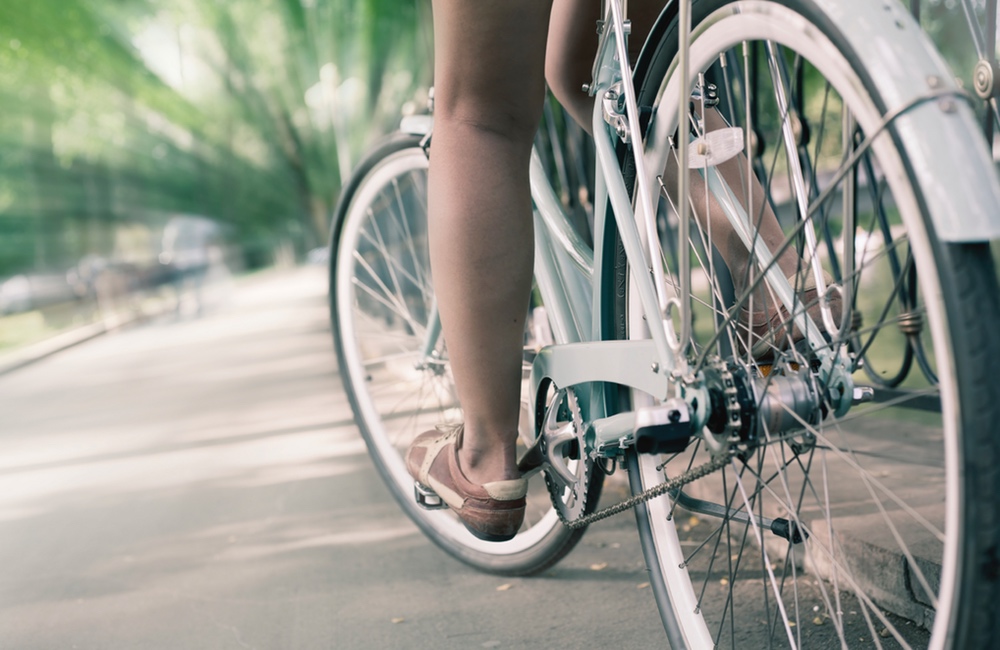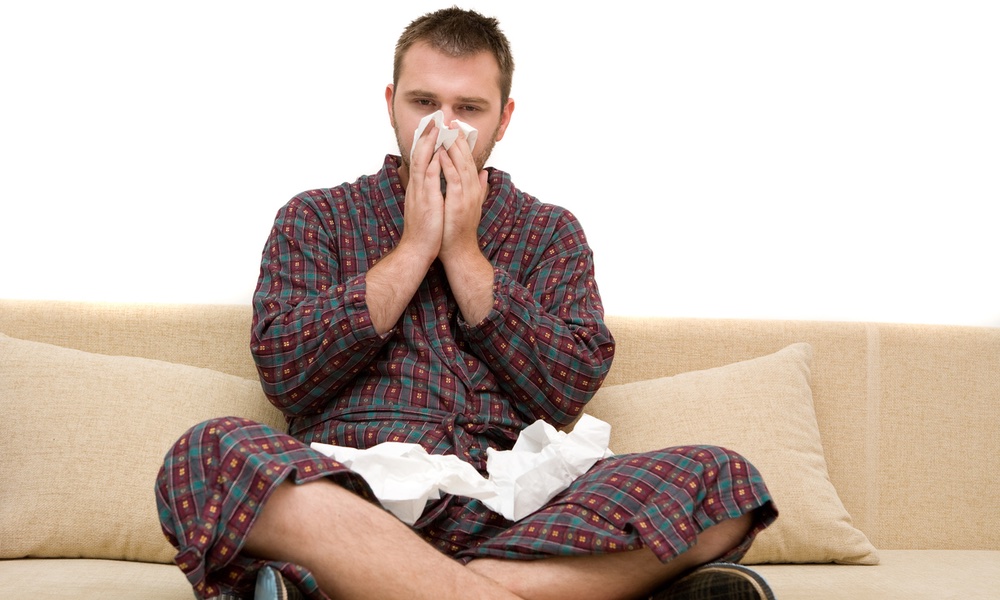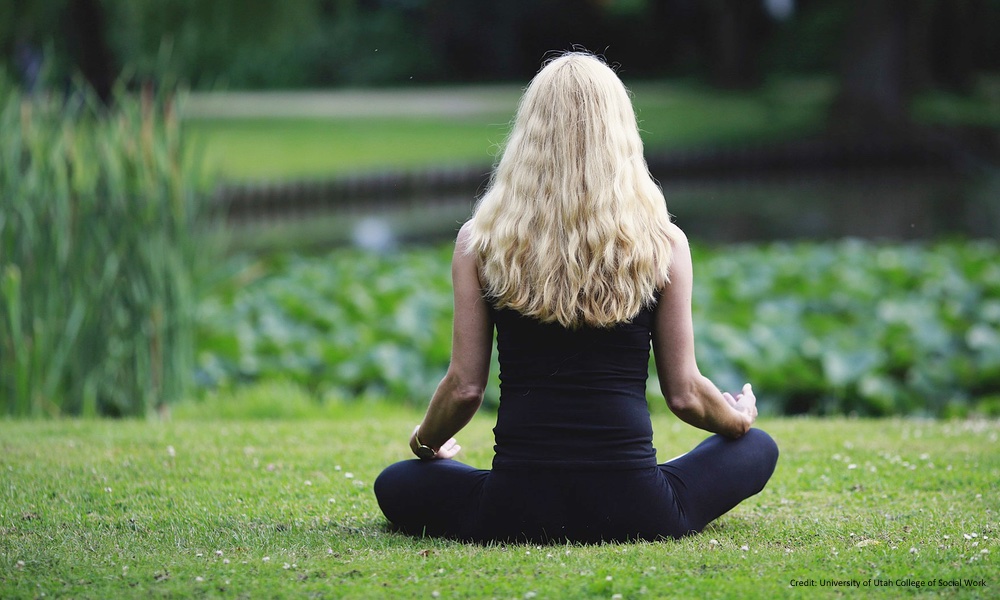If you live in the Northern hemisphere, sun protection is probably not the first thing on your mind right now, but a new study suggests you should give it a little more thought.
Protecting the skin from the sun’s harmful rays not only reduces the risk of skin cancer, which affects two million people each year, it also reduces the signs of aging. Sunrays can prematurely age skin cells.
Most sunblocks prevent UVB rays from reaching the skin, but this may not be enough. A team at the University of Michigan Medical School has found that many sunblocks don’t offer sufficient protection against another kind of ray — the ultraviolet A1 (UVA1) ray, which also leads to premature signs of aging even at the low levels of exposure throughout the day.
UVA1 rays were shone on skin not normally exposed to sunlight. The next day, the study participants returned and samples of their skin cells were analyzed. This process was repeated three more times in the next days.UVA1 rays are present at some level during all times of the day, and many sunscreens don’t offer much protection against them.
Genetic changes, affecting a molecule that breaks down collagen, occurred by the second exposure to UVA1. Collagen is what gives skin its elasticity, and when it breaks down, skin begins to wrinkle and sag. Particularly disturbing was the fact that such a negative effect was seen with so little exposure.
The team also found that although the skin cells had darkened during the brief UVA1 exposure, the tan wasn’t enough to protect them against the effects of the collagen-destroying molecules during subsequent exposures to the UVA1 rays.
“Premature skin aging from UV exposure has gotten a lot of attention in the last 10 years,” author Frank Wang said in a statement. “[M]ost researchers have focused on UVB rays, which cause sunburn. But there is very little UVB in sunlight, and most UVB exposure is at midday. During the rest of the day it's mostly UVA.”
The results are worth paying attention to since UVA rays are present at some level during all times of the day, and many sunscreens don’t offer much protection against them.
Since most clothing items, as well as window glass, don’t block the rays, additional protection is necessary. The team urges industry scientists to devote some time to developing better UVA blockers. Currently, only zinc oxide and avobenzone are FDA-approved for UVA protection.There is very little UVB in sunlight, and most UVB exposure is at midday. During the rest of the day it's mostly UVA.
Tanning bed light also contains the harmful UVA1 rays, making it all the more important to protect yourself if you use a tanning bed. (It is better, of course, to avoid them completely.)
The research is published in JAMA Dermatology.




